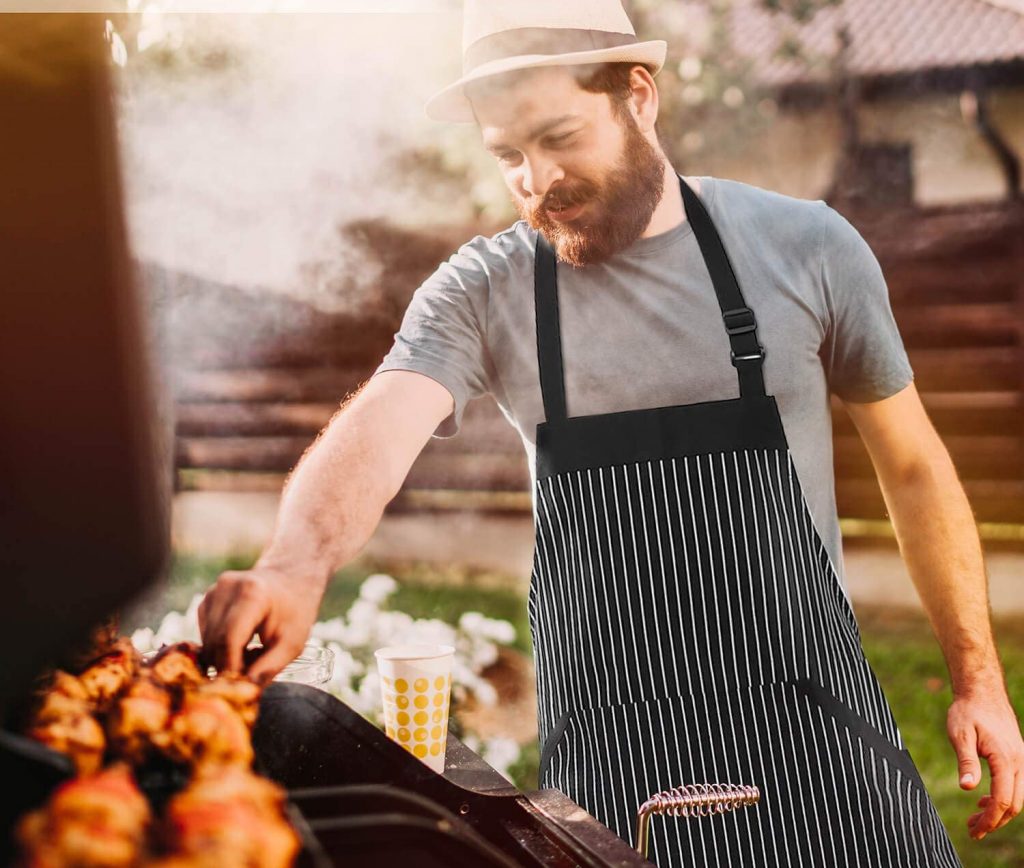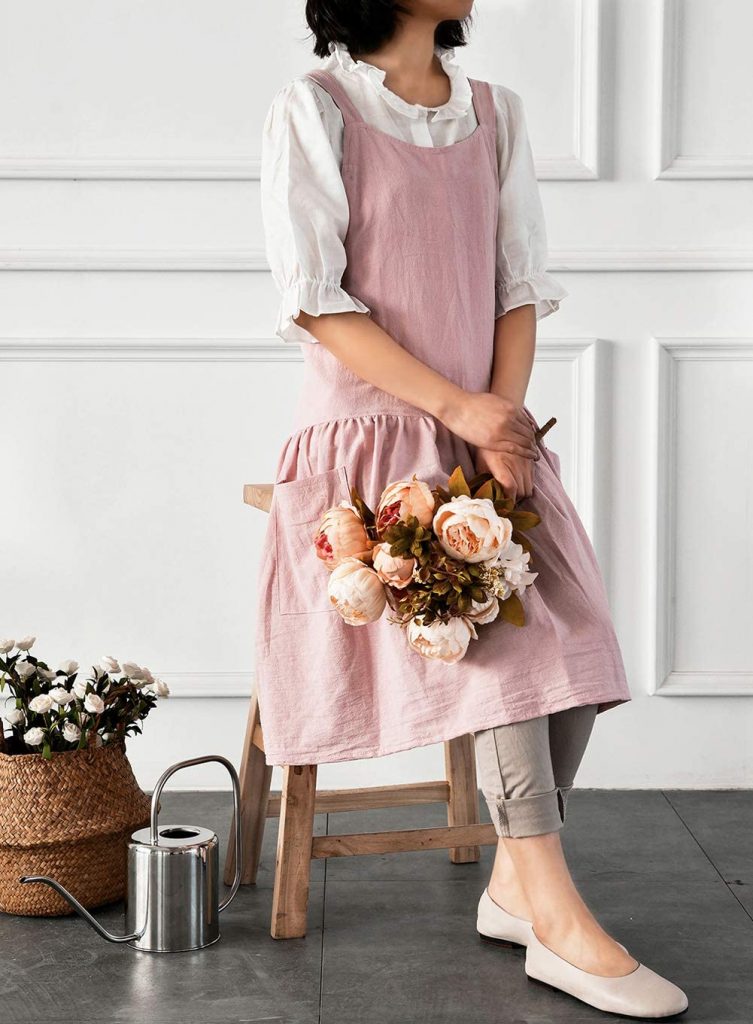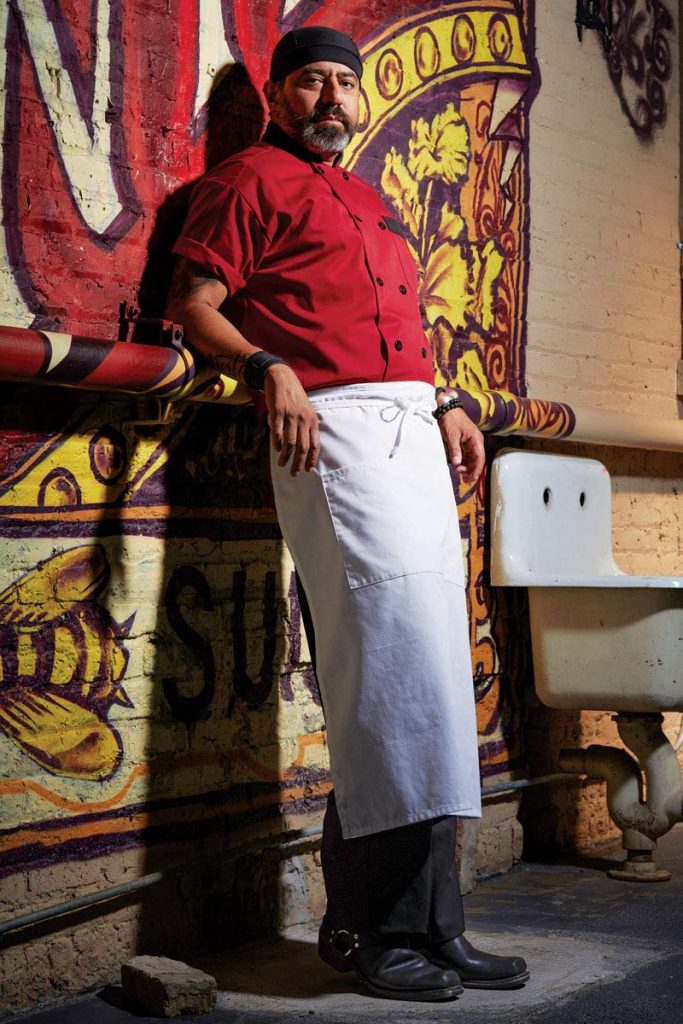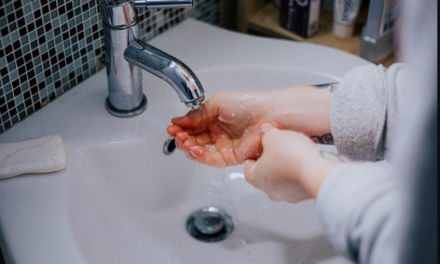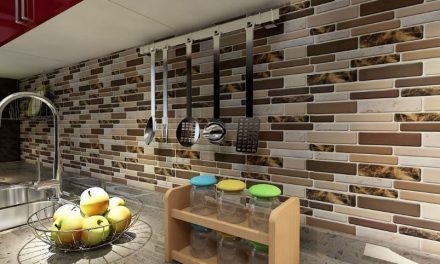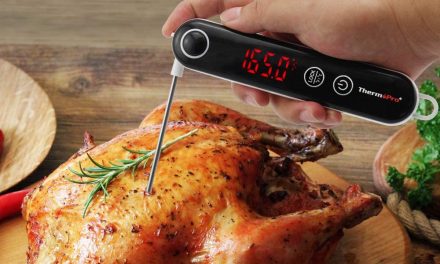Aprons have been around since the 17th century, serving as workplace uniforms and even fashion statements. Their most common purpose, of course, is protecting the wearer’s clothes from spills and splashes during cooking.
If you’re due a new apron, it may surprise you to learn that you have quite a few apron types to choose from. From bib aprons to cobbler aprons, there’s a style available to meet your specific needs. Although, before you go making your choice, remember that not all aprons are good for all types of cooking or even suitable for the kitchen.
Speaking of use, an apron’s style, length, coverage area, etc., all matter when you’re browsing for one. But, you don’t have to sweat it because we’ve done all the heavy lifting for you in our Types of Aprons feature.
Types of aprons
The functionality of aprons has evolved over the years. Some are designed for everyday cooking purposes, while others are meant to be worn at specific workplaces.
The type of apron you’re most likely to see in the home is the bib apron, which goes by a number of different names and comes in a few different styles, such as the crossback or pinafore style. Other aprons common to the home kitchen include the cobbler apron and the waist apron. We’ll also talk a bit about bistro aprons, which are widely available, but probably won’t be too useful for your kitchen.
Bib aprons (full aprons, chef aprons, hospitality aprons)
There’s almost no chance you’ve never laid eyes on a bib apron. This apron type ties off at the waist and has a cloth loop that goes over the head and rests on the neck. They provide coverage from the upper torso to the thighs or knees, depending on your height and the apron’s length. Nearly all include deep, square or rectangular pockets that are designed with practical use in mind.
Because of their popularity, bib aprons are widely available in multiple colors and fabrics. That also happens to be where things can get a bit tricky: the purpose of the apron can change depending on the material it’s made from. For instance, bib aprons made from vinyl are more suitable for dishwashing duties at restaurants, etc., because the material is resistant to chemicals and is waterproof. For cooking, a bib apron made from cotton, denim, or polycotton will be more suitable and perfect for throwing in the washing machine when it gets dirty.
Another factor you need to keep in mind when it comes to bib aprons is dimensions. While there’s no specific size for a bib apron, most will measure anywhere between 33-34 inches in length and 30-31 inches in width. However, measurements can vary based on whether the apron is meant for men or women. If you want to avoid sizing hassles, you can opt for unisex aprons and play it safe.
Most bib aprons are very affordable, generally costing only $4-$5 a piece, though you certainly can splurge with a brand like Hedley & Bennett. With the exception of more designer styles, many bib aprons are also sold in sets of two or more, ensuring you have an apron for a fellow cook or for when one is in the washing machine.
Crossback aprons (pinafore aprons)
Pinafore aprons, which tend to be sewn in cotton/linen blends or denim, are very similar to bib aprons in construction, especially from the front. Typically knee-length in coverage, these crossback aprons feature shoulder straps instead of a neck loop, allowing the wearer to slip into the garment with ease. They’re arguably more comfortable (though that’s always subjective!) and tend to have large pockets perfect for stuffing your hands into. There’s a reason many of the chefs of Bon Appétit love them.
A few crossback aprons are available commercially that come equipped with waist ties, if that’s something you can’t do without. And longer pinafores are even useful for gardening, as they protect the knees from dirt and grass stains.
With most pinafore aprons costing under $20, they’re very affordable aprons. But they’re still typically twice as expensive as bib aprons, as they tend not to appear in sets.
Cobbler aprons (smock apron, apron vest)
A cobbler or smock apron is unique in that it offers a wearer both front and back coverage. These aprons don’t feature any neck loops because of the slip-on/throw-on design. Instead, cobbler aprons feature snap fronts or adjustable ties at their sides to make the fit comfortable according to your preference.
Because they protect both the front and back, they’re great for certain crafts or hobbies, or during general cleaning. You should note, though, that cobbler aprons only provide upper body protection—generally from the neck to the waist or or mid-thigh.
Like crossback aprons, cobbler aprons are more expensive than bib aprons, but they have their uses, and with most costing less than $20, they’re still very affordable.
Waist aprons (half aprons, server aprons)
Waist aprons are also referred to as server aprons because they’re worn in workplaces by folks like florists, house staff, waiters, etc. These aprons don’t provide much in terms of upper body or leg protection; instead, they tie off at the waist and end at the mid-thigh or right above the knees.
Additionally, half aprons are perfect for folks who need to be quick on their feet and move around a lot (hence the shortened length) and feature utility pouches (pockets) for added convenience. If you have use for these in your home kitchen or for crafting, they’re very affordable, costing $10 less than a piece.
Bistro aprons
These aprons are really intended for front-of-house (FOH) staff—that is, servers that interact with guests in a restaurant or cafe. As such, bistro aprons are styled to tie off at the waist and provide leg coverage because servers aren’t involved in the process of cooking, but are more at the mercy of spilling hazards.
If you need a bistro apron for the workplace, they generally cost between $10-$15.
What to look for in a kitchen apron
Now that you’re aware of the different types of aprons, let’s talk a little about the factors you should consider before purchasing one.
Coverage
Consider the nature of the task or the style of cooking you’re buying an apron for. Certain aprons (like the bib apron) offer more splatter, backsplash, and spill protection, thanks to their extended length.
On the other hand, waist aprons don’t provide too much in terms of comprehensive coverage but can be easier to move around in. That’s why, if you’re looking for an apron to help protect your clothes from all types of stains during cooking, it’s best to stick to an apron that offers upper body and leg protection.
Comfort
It may not seem like it, but comfort is a big factor in apron style. If you live in a hot and humid climate, cooking can be a painstaking process. It may be best for you to look at cotton or poly-cotton apron options to ensure the material is breathable to beat the heat. FYI, cotton and muslin are the most popular fabrics for aprons.
Additionally, size can also play an important role in terms of comfort. Try and stick to aprons meant for your gender to ensure the fit is what it’s supposed to be. If you prefer your aprons to be a little loose, opt for an apron that provides a wide bib or top area. Not to mention, it’s also a good idea to pick out an apron with ties to adjust the fit according to your needs.
A big comfort factor? Whether you prefer having weight on your shoulders or neck. While no standard kitchen apron is heavy, wearing one for hours adds up. Bib aprons hang from the neck, putting pressure on it and on the immediate area where the neck meets the shoulders. Crossback aprons are gentler, distributing the weight more widely across the shoulders. Downside to the pinafore, though? They’re much easier to get tangled and be harder to slip on.
Durability and ease of cleaning
Unless you’re thinking about picking a vinyl or neoprene apron for cooking purposes (which we wouldn’t recommend at all), you’ll have to wash the garment every once in a while to keep it clean. That means it’s wise to pick an apron that’ll be able to withstand the rigors of a machine wash. Your apron should be durable enough to last at least a few years before tearing or becoming unwearable.
Added Features
Imagine having a handy place to store your kitchen gadgets like a food thermometer, a can opener, or even a measuring spoon without resorting to the drawers every time. That’s where pockets (or utility pouches) can come in real handy.
What is the best apron?
Picking out the best of anything largely depends on your needs and requirements, and it’s no different with aprons. Nonetheless, we feel like we’d be letting our readers down by signing off without any helpful tips and pointers.
For Everyday Cooking Needs: If you’re on the lookout for an apron that’s perfectly suitable for your regular cooking routine, check out ALIPOBO’s Kitchen Chef Apron. The product is made from a poly/cotton mix, is lightweight, and can be machine washed. The apron features a pinstripe design (white stripes on black background) that looks great and offers the comfort of three utility pouches, an adjustable neck strap, and 40” ties.
For BBQ Days: Not sure what kind of apron to get for those Fourth of July barbecue weekends? If that’s the case, then say hello to the Professional Grade Apron by Hudson Durable Goods. Don’t let the fact that this apron is 100% cotton fool you because the material happens to be 10oz. Cotton, which is heavy-weight and super-sturdy. Apart from that, the apron includes double-stitched pockets and a thick hem for increased durability. It also features a towel loop, four large pockets, a quick access pouch, and it’s machine washable to boot.


